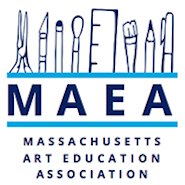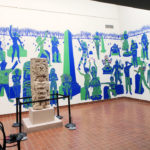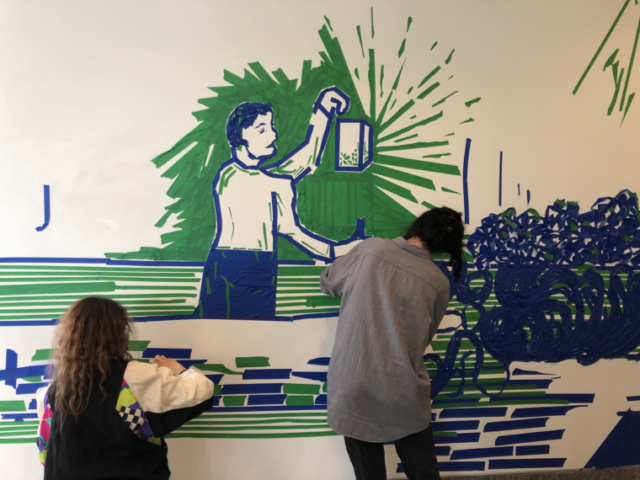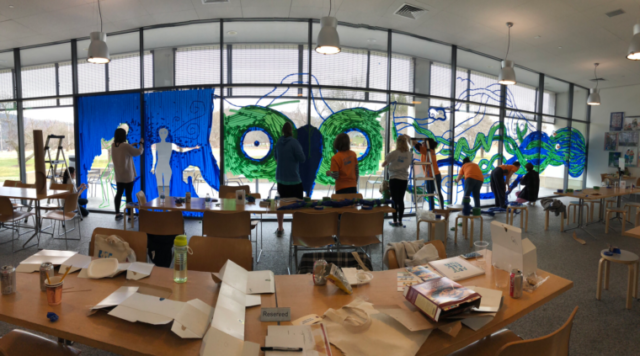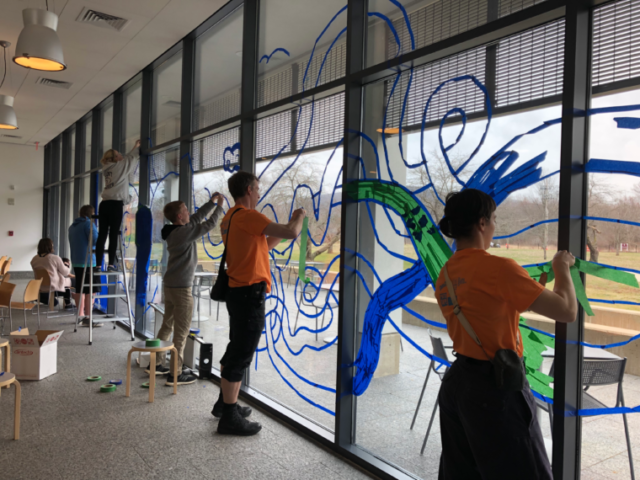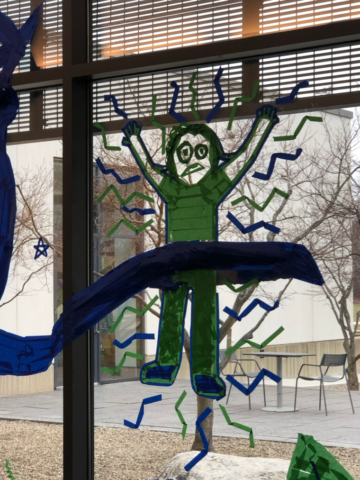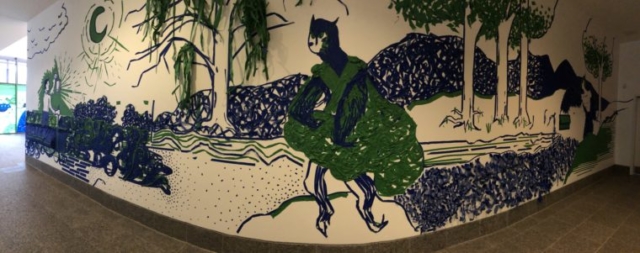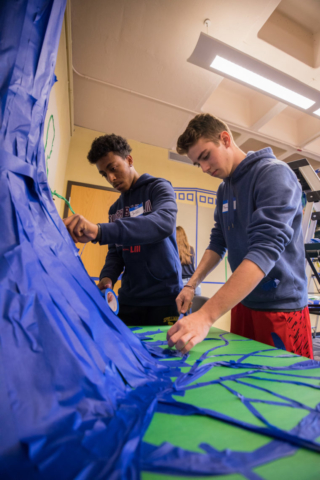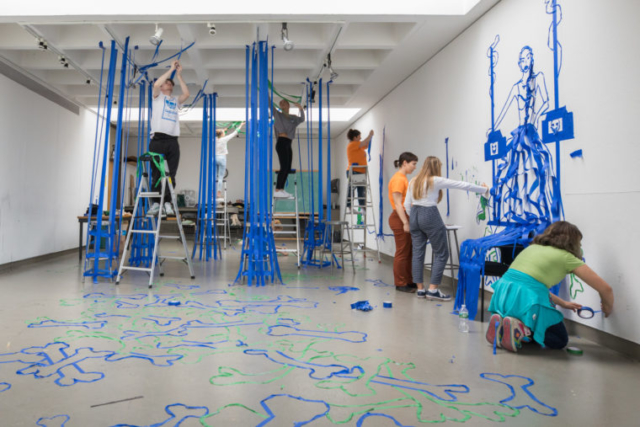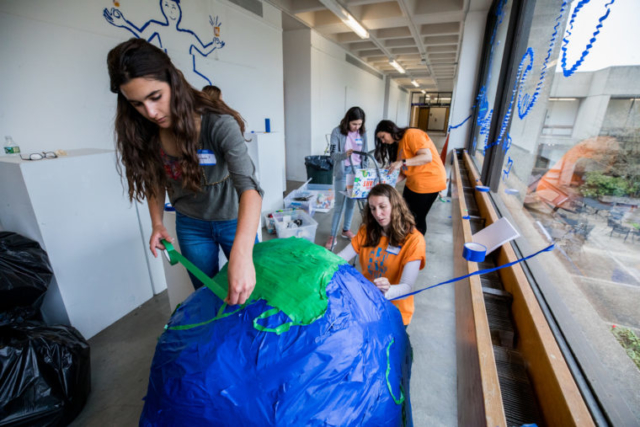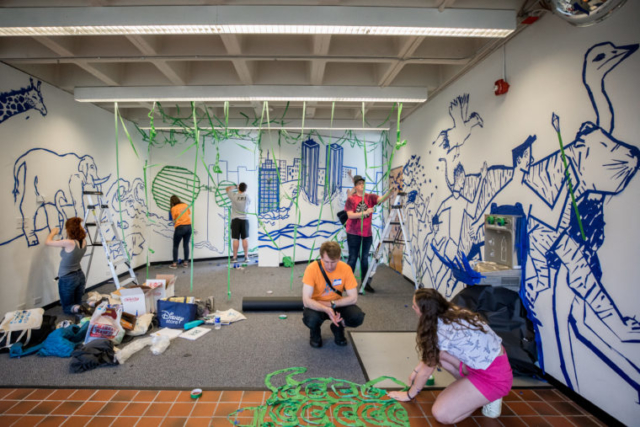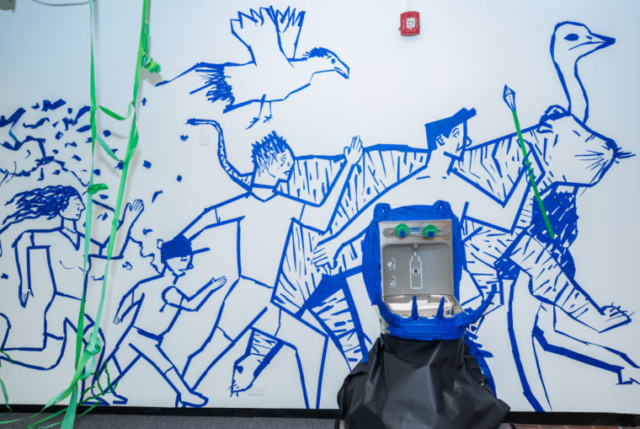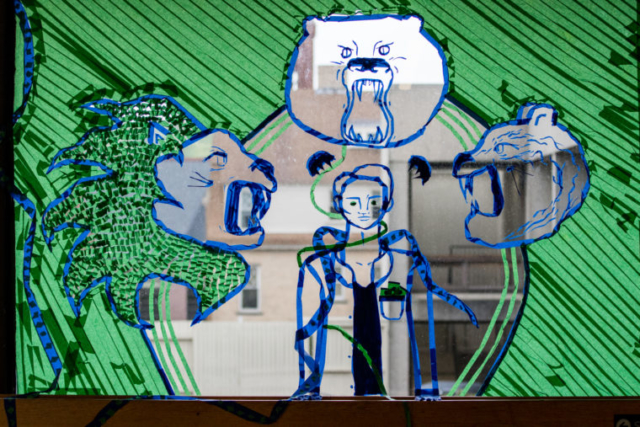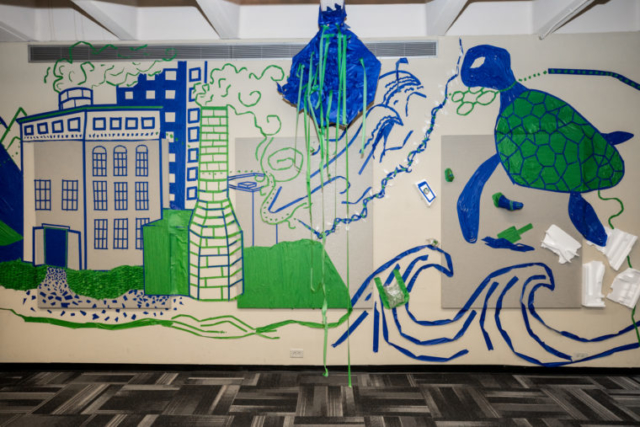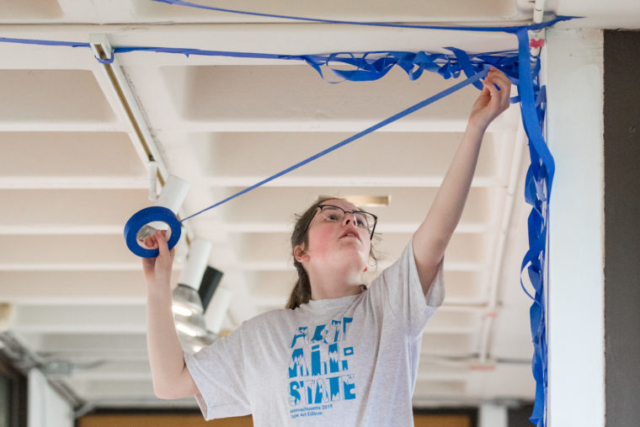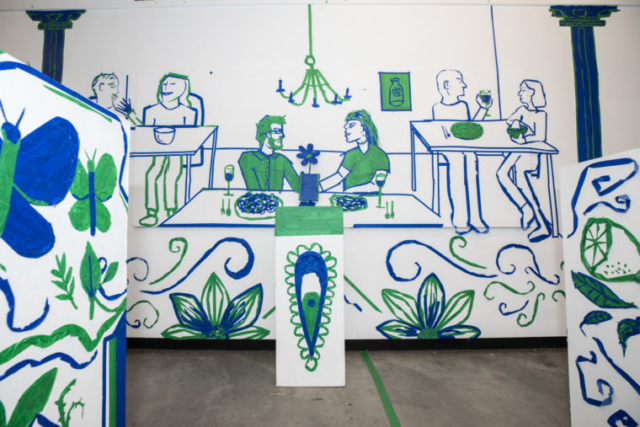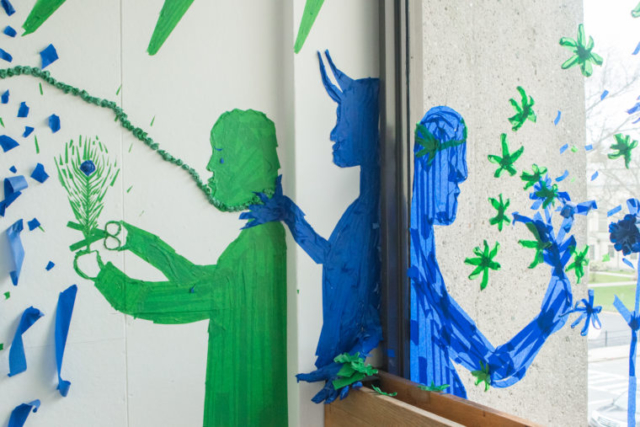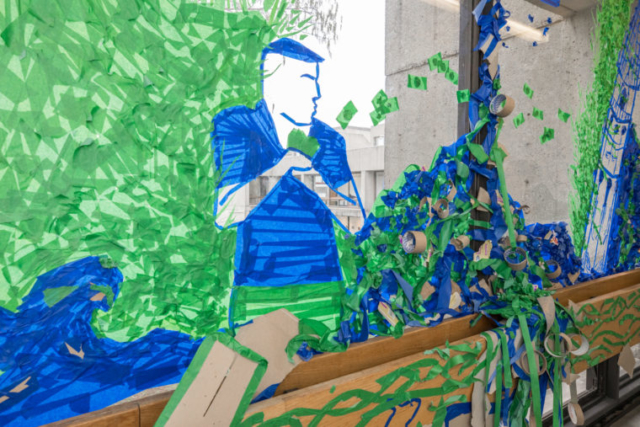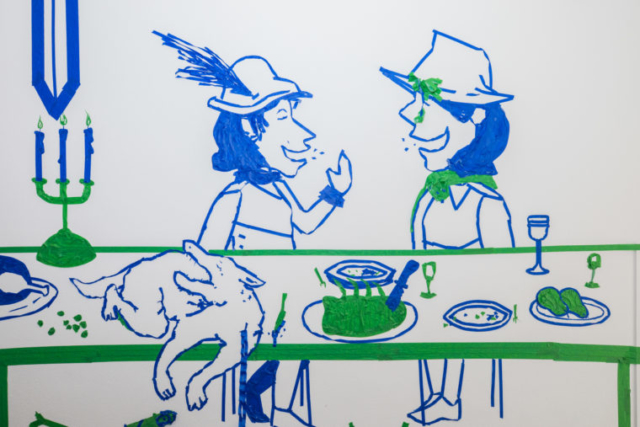Secondary Art Educators – Art All-State Needs Your Input!
PLEASE JOIN US FOR ART ALL-STATE RE-ENVISIONING SESSION!!
Monday October 25 at 4pm ET
https://davisart.zoom.us/j/93211955252?pwd=bEljeGdDQXovOGhMTjdvZnh6R0lqZz09
Meeting ID: 932 1195 5252 Passcode: AAS
— All are welcome! We’ll be looking at possible models for the future.
Instagram: @ArtAllState
Twitter: @ArtAllStateMA
INSTALLATION Images
Art All-State 2020
Art All-State 2019
Art All-State History
In the early 1980’s MAEA board members along with the Massachusetts Art Directors, the Massachusetts Alliance for the Arts in Education, the Central Massachusetts Art Educators, and representatives from the Boston Globe were looking for opportunities to support young artists. Together the groups supported an idea that came from MAEA members Sheila Tetler and Nora Hall for the creation of a program that would act as the equivalent of the All-State program that music students were already experiencing. Sheila and Nora approached Honee Hess at the Worcester Art Museum to house the program and assist in a procuring a grant from the Massachusetts Cultural Council. The team was successful, and at that time Sheila moved from being the MAEA Secondary Representative to being the first Art All-State Coordinator; the first Art All-State took place in 1987.
Shortly thereafter a statewide steering committee made up of MAEA members from across the state was formed to assist in the conceptual develop.m.ent of the program. The group assisted in the many aspects of the program, with subcommittees specifically tasked with program evaluation, student selection, artist selection, artist training, parent program coordination, etc. From the group, a chairperson was appointed to liaise between AAS and MAEA tapping into the resources offered by both groups and solidifying the strong partnership between them. MAEA, realizing the importance of the program for both students and teachers, has supported the program since the original conception. The goals of the program remain consistent with the original intent laid out in the 80’s with a focus on high school juniors who are poised to make important decisions about their future. The program aims to have a positive impact upon students through both the final event and the selection process, therefore, even if students were not selected for Art All-State they would have learned from the experience. The interview process is an integral piece in the realization of this goal. Each student is interviewed by a panel of three art teachers who will have reviewed the application materials and ask probing questions based on the student’s work. In this way, students who are in need of support and encouragement are provided opportunities for acceptance (versus only the most talented students receiving praise) to level the playing field between the disparities in school art programs across the state.
In the 2000’s the program was pushed conceptually when one studio group used a very limited amount of materials (tennis balls, string, and adhesive) to create a visually stunning, conceptually strong installation. This resulted in the theme “Limits: No Limits” that is still embraced today. Through this concept, students are asked to explore the limitless possibilities that are only restricted by the limited amount of materials, time, and space. This shift led to an increased level of sophistication in the final installation pieces and provided a vehicle to explore contemporary themes through the use of repurposed and non-traditional materials. The steering committee is always accepting new members.
